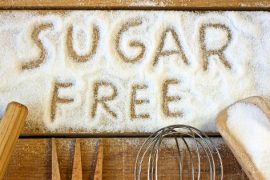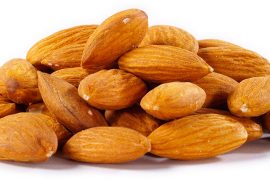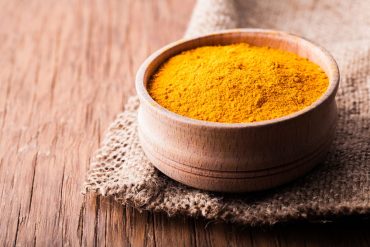Our food has changed dramatically over the past 100 years. As a society we went from growing and processing our own fresh whole foods to consuming processed foods, that are sprayed with toxins, genetically modified and highly processed with food additives, preservatives, colors, higher sugar content and higher calories. We’ve switched from high quality whole foods to processed foods with little nutritional value.
While mass production can lead to higher food yield and more convenience, the question we have to ask, is at what price? Convenience is a wonderful thing, but we have sacrificed quality, diversity and healthy food in the process.
So what is the Standard American Diet (SAD)?
The SAD diet is the typical American diet that includes red meat, processed foods, high fat dairy, refined grains, sugary foods and sodas, with minimal consumption of fresh fruit, vegetables, fish, whole grains and legumes.
The dietary guidelines shared on health.gov, (1) share these insights:
- Three quarters of the people in the U.S. are eating a diet that is low in vegetables, fruit, dairy and oils.
- More than half the population meet or exceed total grain and total protein recommendations.
- Most Americans exceed the recommendations for added sugars, sodium and saturated fats.
For the first time in 2015, the Dietary Guidelines Advisory Committee recommended a diet higher in plant-based foods and lower in animal-based foods, stating that it is both healthier and better for the environment. Their official recommendations was for a “healthy dietary pattern” that put vegetables, fruits, and whole grains at the very top the list and pushed red and processed meats to the very bottom.(2)
The 571 page report provided an in depth look at what American people are eating. They went on to say the problem was “About half of all American adults—117 million individuals—have one or more preventable, chronic diseases that are related to poor quality dietary patterns and physical inactivity, including cardiovascular disease, hypertension, type 2 diabetes and diet-related cancers.” In addition they also stated that “More than two-thirds of adults and nearly one-third of children and youth are overweight or obese, further exacerbating poor health profiles and increasing risks for chronic diseases and their co-morbidities.” (2, 3)
You can view the full report here: Health.gov/dietaryguidelines (4)
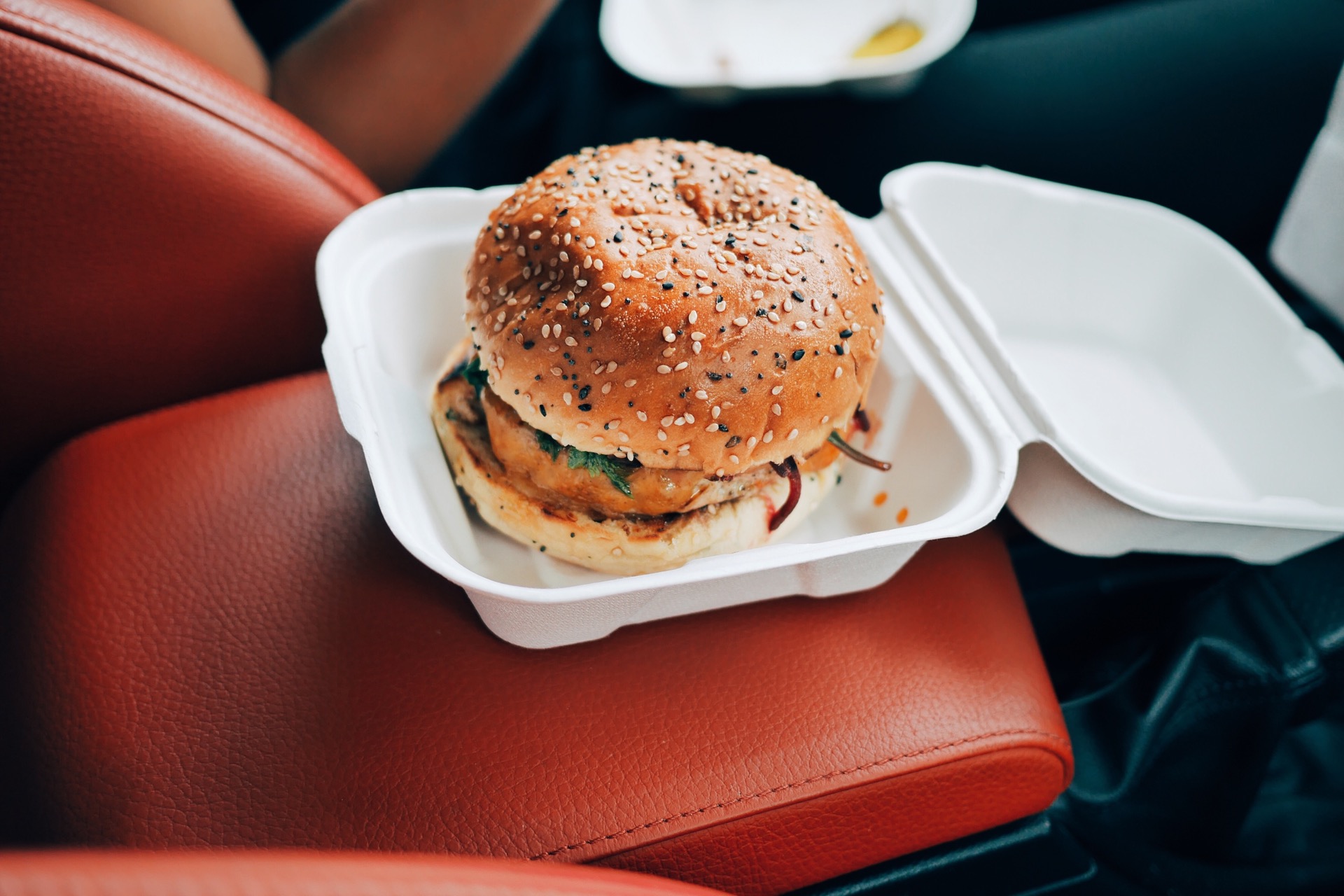
Processed food isn’t healthy
The concept of processed food is about convenience, ease of use, increased shelf life (which means additives) and profit. There are times when processed foods are a necessity, but it is not a healthy long term option.
There’s no question that modern processing has improved and the sanitary conditions in most food plants should be greater than in the average home kitchen, but there have also been numerous food recalls over the years as well. The truth is if you really want to know what’s in your food and how fresh it is, than you can’t beat making it yourself.
In addition, the processed food industry has a way of taking something simple and turning into an unnecessarily complex concept. Take a look at something simple as mashed potatoes with gravy. If you were to make this at home. You’d likely be using seven ingredients. (See recipe at end of article). But buy those mashed potatoes with gravy from KFC and you’d have well over 50 ingredients. That’s hard to believe, but here’s a link to their website with the ingredients. (5) So which potatoes would you rather eat, one that uses over 50 ingredients or one that uses seven?
Food additives: Good, bad and ugly
Food additives are used heavily in processed foods for a number of reasons, including to increase flavor, increase shelf stability, as preservatives, to add color or increase the nutrient level.
The Bad:
BHT (butylated hydroxytoluene) is a toluene-based ingredient used as a preservative in food and personal care products. In foods it is used to prevent oils in foods from oxidizing and becoming rancid. What’s the concern: The National Toxicology Program has concluded that BHA “is reasonably anticipated to be a human carcinogen”. (6)
TBHQ – Tertiary Butylhydroquinone, is a synthetic antioxidant. It is used in food products such as microwave popcorn, crackers, butter, and other processed foods to prevent oxidation. It can also be sprayed on the food or on its packaging to prevent discoloration and changes to flavor and odor. The FDA allows amounts of up to 0.02% of the total oils in food to be TBHQ. What’s the concern: Centers for Science in the Public Interest found this additive increased the frequency of tumors in rats and the National Library of Medicine states that vision problems have occurred in individuals who consume TBHQ, they also share studies in which TBHQ caused convulsions, liver enlargement, neurotoxic effects and paralysis in lab animals. (7, 8)
MSG –While the FDA has this on their GRAS list (Generally Recognized as Safe), many people will tell you it’s not. MSG is listed under many common or alternative names, know them before you go shopping. Here’s a list of names for MSG. (9) What’s the concern: Consumption of MSG causes numerous side effects, including headaches, migraines, muscle spasms, nausea, rashes, anaphylaxis, seizures, depression and heart irregularities. MSG is known to cause damage to the nervous system.
Sulfites- (such as sodium sulfite, sulfur dioxide, sodium bisulfate and calcium sulfite) Sulfites can be found in beer, corn syrup, potatoes, shrimp, vinegars and wine. What’s the concern: Doctors warn individuals with asthma and allergies to avoid sulfites; they can cause abdominal pain, dizziness, drop in blood pressure, itching, indigestion, rash, severe headaches, anaphylactic shock and death. (10)
Hydrogenated oils- Hydrogen is combined with oil to create a more shelf stable product. Commonly found in processed foods such as breads, crackers, doughnuts and frozen foods.
What’s the concern: It also creates trans-fat, which raises LDL cholesterol and lowers HDL which unfortunately increases the risk for asthma, various cancers, depression, diabetes and obesity, as well as increasing the risk of cardiovascular disease and heart attacks by 50%. (11)
Inflammatory vegetable oils –Oils such as cottonseed, soy, corn, canola are higher in omega 6 fats. What’s the concern: Consuming too many omega 6 fats and not enough omega 3 can increase your risk of: type 2 diabetes, obesity, pre-diabetes, asthma, cancer, macular degeneration, IBS and heart disease. Opt for healthier fats such as grass fed butter, avocado, nuts and extra virgin olive oil. (12)
The Good:
Take heart, not all preservatives are bad. It’s always important to know what you’re buying, so don’t be afraid to take time to read labels. If you’re unsure of an ingredient look it up at home or if you have a smart phone, look it up in the store.
Here are a few additives you don’t need to worry about:
Natural food color-Such as annatto, beet powder, chlorophyll, turmeric,
Natural preservatives-Such as vitamin E, vitamin C, rosemary extract, lemon, garlic and salt.
Added vitamins and minerals
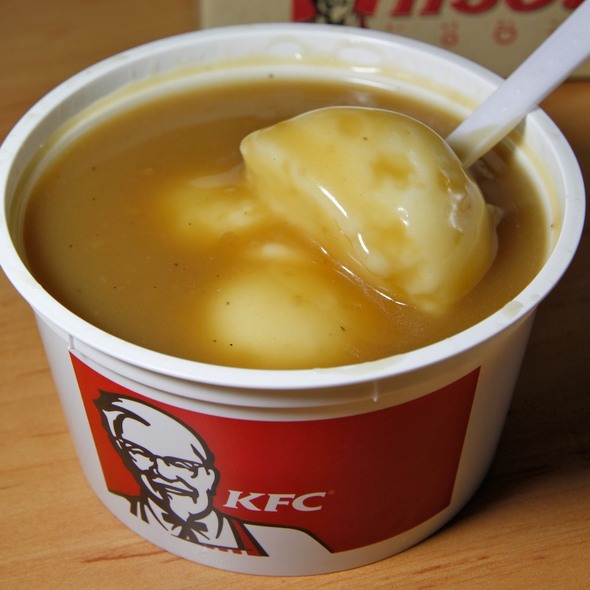
Homemade Mashed Potatoes & Gravy
Avoid the 50 + ingredients and additives in KFC mashed potatoes and gravy and make your own with these seven ingredients.
Potatoes
1-1/2 pounds baking potatoes, peeled and quartered
2 Tbsp. butter
2-4 Tbsp. milk
Place potatoes in medium size pan. Fill pan with enough water to cover the potatoes. Boil for 20-25 minutes or until tender. Drain.
Mash with potato masher. Add butter. Season to taste with salt and pepper. Add enough milk to make mixture light and fluffy. Alternatively, place potatoes in food processor, add butter and seasoning, process till well mixed. Add milk till smooth and creamy.
Gravy
2 Cups chicken broth or Chicken Bone Broth
¼ Cup flour (I use tapioca or arrowroot)
After roasting a chicken, pour broth from the pan into a 2 cup measuring cup. If you’re a little shy of two cups you can add water. Pour broth into pan and add flour, whisk until flour is dissolved and there are no lumps. Cook and stir over medium heat till sauce is thickened and bubbly. Season to taste with salt & pepper.
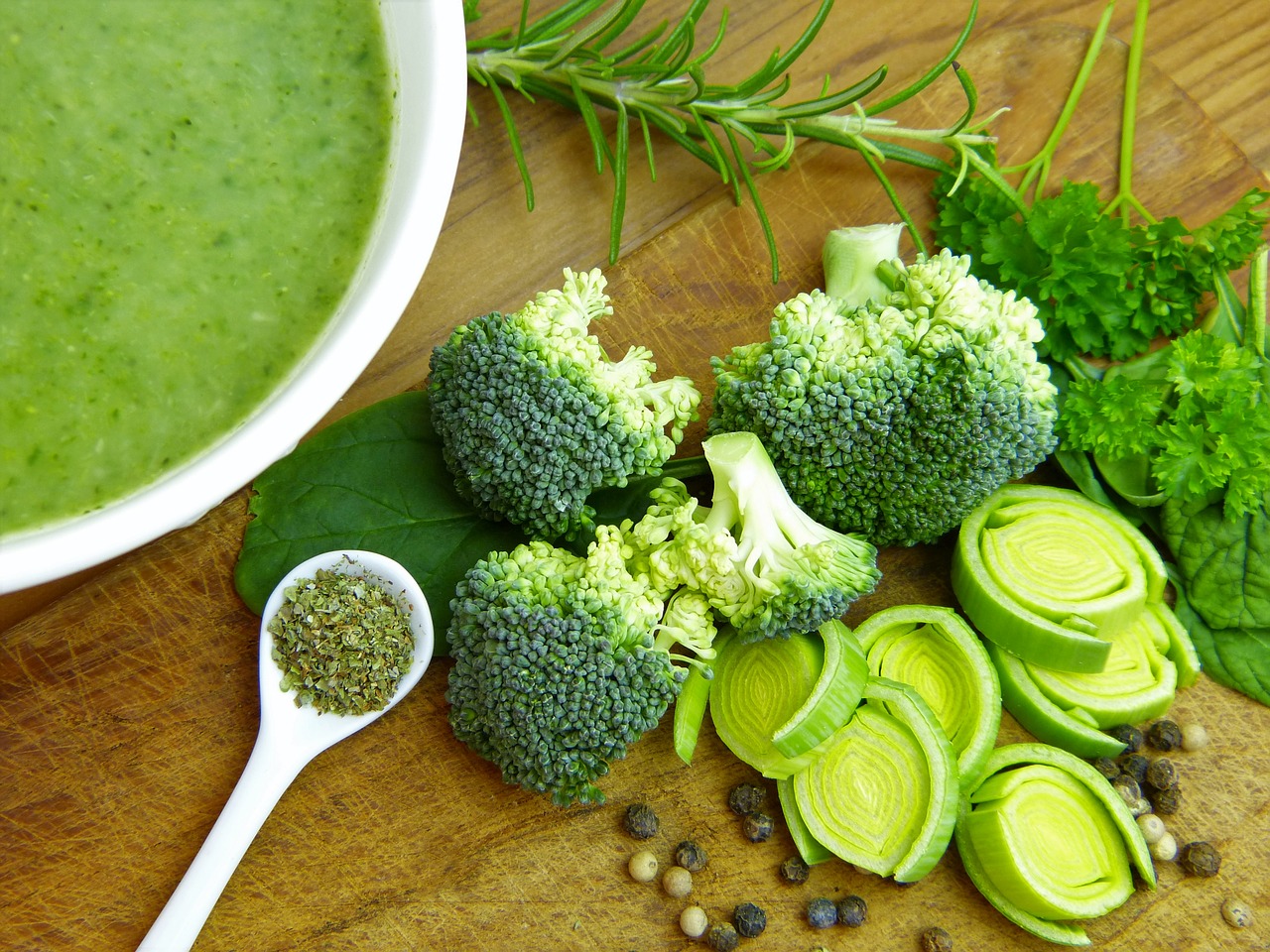
Tips for eating healthier
Be realistic about your schedule and priorities, many people are stretched for time and can’t make meals from scratch. If you can’t cook during the week, plan a cooking weekend, 1-2 days a month. Plan your meals and involve the family in the food prep. Consider foods that freeze well such as soups, stews or casseroles.
Know what you are buying.
Read up on food ingredients and additives.
Many stores sell prepared meals with minimal ingredients that simply need to be cooked.
When buying processed foods buy certified organic whenever possible.
If organic packaged foods are out of your budget, buy products with the least amount of additives.
Make it yourself whenever possible.
References:
- Chapter 2 Shifts Needed To Align With Healthy Eating Patterns. (n.d.). Retrieved February 01, 2018, from https://health.gov/dietaryguidelines/2015/guidelines/chapter-2/current-eating-patterns-in-the-united-states/
- Part B. Chapter 2: 2015 DGAC Themes and Recommendations: Integrating the Evidence. (n.d.). Retrieved February 01, 2018, from https://health.gov/dietaryguidelines/2015-scientific-report/04-integration.asp
- Part D. Chapter 1: Food and Nutrient Intakes, and Health: Current Status and Trends – Continued. (n.d.). Retrieved February 01, 2018, from https://health.gov/dietaryguidelines/2015-scientific-report/06-chapter-1/d1-6.asp
- Advisory Report. (n.d.). Retrieved February 01, 2018, from https://health.gov/dietaryguidelines/2015-scientific-report/
- Full Nutrition Guide. (n.d.). Retrieved February 01, 2018, from https://www.kfc.com/nutrition/full-nutrition-guide
- Two Preservatives to Avoid? (n.d.). Retrieved February 01, 2018, from http://www.berkeleywellness.com/healthy-eating/food-safety/article/two-preservatives-avoid
- Chemical Cuisine. (n.d.). Retrieved February 01, 2018, from https://cspinet.org/eating-healthy/chemical-cuisine#tbhq
- T-BUTYLHYDROQUINONE. (n.d.). Retrieved February 01, 2018, from https://toxnet.nlm.nih.gov/cgi-bin/sis/search/a?dbs%2Bhsdb%3A%40term%2B%40DOCNO%2B838
- McFarland, E. (2016, November 24). History and Hidden Sources of MSG (Monosodium glutamate). Retrieved February 01, 2018, from http://myhealthmaven.com/history-hidden-sources-msg-monosodium-glutamate/
- Sulfite Allergies. (2015, January 08). Retrieved February 01, 2018, from http://www.sulfites.org/sulfite-allergies/
- Iqbal, M. P. (2014). Trans fatty acids – A risk factor for cardiovascular disease. Retrieved February 01, 2018, from https://www.ncbi.nlm.nih.gov/pmc/articles/PMC3955571/
- Why Oil is Bad for You. (2016, March 07). Retrieved February 01, 2018, from http://drhyman.com/blog/2016/01/29/why-oil-is-bad-for-you/
This article was originally posted at The Hearty Soul


